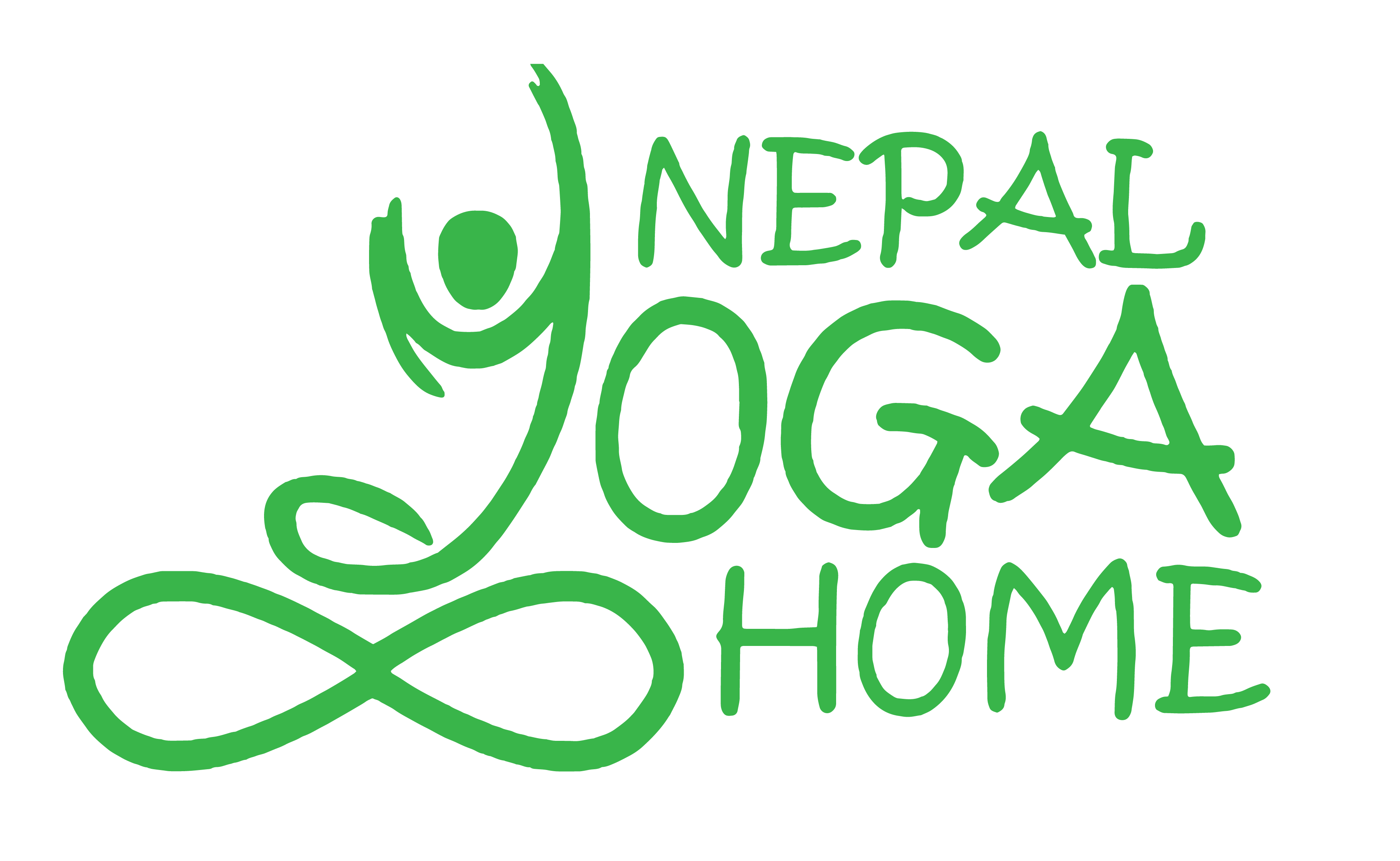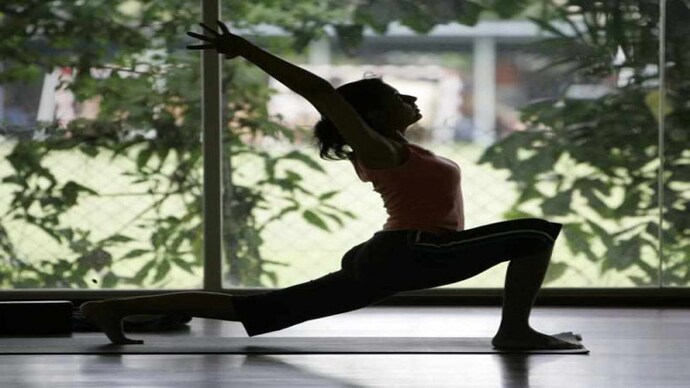Introduction to Lunar Yoga
The moon is something magical, isn’t it? There’s something undeniably mystical about the moon. You’ve seen it, haven’t you? That soft, silvery light, gently painting the night with quiet calm. It has a way of holding space for us when the world feels too loud. Ancient cultures didn’t just admire the moon; they aligned their lives with its rhythm. They planted crops by its phases, celebrated its cycles, and found healing in its energy. And today, we’ve found a modern way to honor that connection: lunar yoga.
What is Lunar Yoga?
But what is lunar yoga? It’s a practice that’s not just about movement but about alignment—aligning your body, mind, and spirit with the moon’s natural cycles. It’s a way of tuning into the subtle energies around us and within us. Think of it as a dance with the universe, one slow, thoughtful step at a time.
My First Encounter with Lunar Yoga
Let me tell you a story. I’d always been drawn to the moon. As a child, I’d press my nose against the windowpane and wonder if it was following me home. But I never imagined it could be part of my yoga practice. Then, one sleepless night, bathed in the light of a full moon, I unrolled my yoga mat. Not because I planned to do anything special—just because I needed to move.
I didn’t know it then, but what I did that night was lunar yoga. I sat cross-legged, closed my eyes, and imagined the moonlight soaking into me like water into dry soil. My breath slowed, my mind softened, and my body began to release the tension it had been carrying. That simple practice shifted something deep inside me. I felt lighter, calmer, more connected—not just to myself but to the world around me.
The Moon and Its Influence on Us: Real Talk on Why Lunar Yoga Works
It’s easy to roll your eyes and think, “How does a glowing rock in the sky affect me?” But, did you know the moon pulls at the oceans, creating tides that ebb and flow? Now think about this: our bodies are mostly water. So, it’s not so far-fetched to believe that the moon tugs at us too, affecting our emotions, energy levels, and even our sleep. Lunar yoga helps us acknowledge and work with these shifts instead of resisting them.
For instance, during the new moon, energy tends to be low, making it the perfect time for introspection and gentle movement. The full moon, on the other hand, is when energy peaks—it’s a time to release, celebrate, and let go. By syncing our yoga practice with these phases, we can bring more balance into our lives.
And isn’t that comforting? To know it’s okay to have slow days, to not be “on” all the time? Lunar yoga gives you permission to feel all the phases, to honor them instead of fighting them.
How Lunar Yoga Mirrors the Moon’s Phases
Every phase of the moon carries its own unique energy. Just like the moon waxes and wanes, so do we. Lunar yoga invites us to honor these cycles and adapt our practice to match.
- New Moon: This is the beginning of the cycle, a time of quiet potential. It’s like standing at the edge of a blank canvas, paintbrush in hand. In lunar yoga, the new moon phase is all about grounding and setting intentions. You might practice poses like Child’s Pose or seated forward folds—anything that encourages stillness and introspection.
- Waxing Moon: As the moon grows, so does our energy. This is a time for building strength and momentum, much like nurturing a seedling. Dynamic poses like Warrior I and Sun Salutations fit perfectly here, helping you channel that growing energy into action.
- Full Moon: Ah, the full moon—a time of abundance and release. Think of it as a spotlight shining on all the things you’ve been holding onto. In lunar yoga, this phase is perfect for heart-opening poses like Camel or deep stretches that allow you to let go of what no longer serves you.
- Waning Moon: As the moon begins to shrink, it invites us to slow down and reflect. This is the phase of letting go, much like the trees shedding leaves in autumn. Restorative poses like Legs-Up-The-Wall or Savasana can help you embrace this phase’s energy of surrender and rest.
What Lunar Yoga Feels Like
Imagine this: It’s late evening, and the world outside has gone quiet. You’re in a dimly lit room, maybe with a candle flickering softly. You unroll your mat, sit down, and close your eyes. For a moment, you simply breathe, letting the rhythm of your inhale and exhale guide you.
As you begin to move—slowly, gently—it feels less like exercise and more like a conversation. Each pose is a question, and your body responds with an answer. You stretch, fold, twist, and release, all the while imagining the moon’s light wrapping around you like a warm blanket. That’s lunar yoga.
It’s not about perfecting a pose or breaking a sweat. It’s about tuning in—listening to the whispers of your body and honoring whatever phase you’re in, both physically and emotionally.
The Science Behind Lunar Yoga
You might be wondering: Is there any actual science to back this up? While the moon’s influence on human behavior is still a topic of debate, there’s no denying the benefits of slow, mindful movement. Yoga, in general, has been proven to reduce stress, improve sleep, and enhance emotional well-being.
When you combine yoga with the reflective nature of the moon, it becomes even more powerful. The practice encourages mindfulness, helping you become more aware of your thoughts, feelings, and energy levels. And by syncing with the moon’s phases, you create a rhythm that feels natural, intuitive, and deeply nourishing.
A Personal Transformation
For years, I struggled with burnout. I was always “on,” always pushing, always chasing the next goal. Then, lunar yoga entered my life, and everything changed.
One night, under the light of a waxing moon, I decided to try a more active practice. I flowed through Sun Salutations, Warrior poses, and dynamic stretches. As I moved, I imagined myself growing stronger, more resilient—just like the moon growing fuller each night.
Later, during a waning moon, I found myself in a restorative practice. Legs-Up-The-Wall, Supine Twist, Savasana. It was like hitting pause on a chaotic movie. And for the first time in a long time, I felt at peace.
Tips for Starting Your Lunar Yoga Practice
If you’re curious about lunar yoga, start small. You don’t need a fancy studio or advanced poses. All you need is a quiet space, an open mind, and a willingness to connect with the moon’s energy.
Here’s how you can begin:
- Observe the Moon: Pay attention to its phases. Notice how they affect your energy and emotions.
- Set an Intention: Before each practice, take a moment to reflect on what you need—rest, release, strength, clarity—and let that guide your movement.
- Keep It Simple: You don’t need to follow a strict sequence. Just move in a way that feels good, honoring your body and its needs.
A Final Thought
The moon has been a silent witness to our lives for as long as we’ve existed. It reminds us that life is cyclical, not linear. That it’s okay to rest, to grow, to release, and to start anew.
Lunar yoga is more than just a practice—it’s a way of living in harmony with the natural world. It’s a reminder that, like the moon, we’re always whole, even in our phases of darkness.
So, the next time the moon rises, take a moment to pause. Breathe in its light, let it fill you up, and remember: you are part of something vast, beautiful, and ever-changing. With lunar yoga, you can carry that energy into every corner of your life.
For more blogs visit on our Nepal Yoga Home blog section.

